Walking into Canada’s oldest public institution, the Canadian Museum of History, the monumental totem poles in the Grand Hall that towered 40 to 50 ft tall were hard for me to miss, towering 40-to-50 feet tall. Carved in the 19th and early 20th centuries out of cedar wood, these totem poles were records of the family histories of Northwest coast First Nation communities such as the Nuxálk, as well as the Haida people of Haida Gwaii, British Columbia.
Totem poles are traditionally brought to life with a pole raising ceremony and potlatch which elicits the question: how can objects that are representative of a living Indigenous culture be preserved within a museum exhibit?
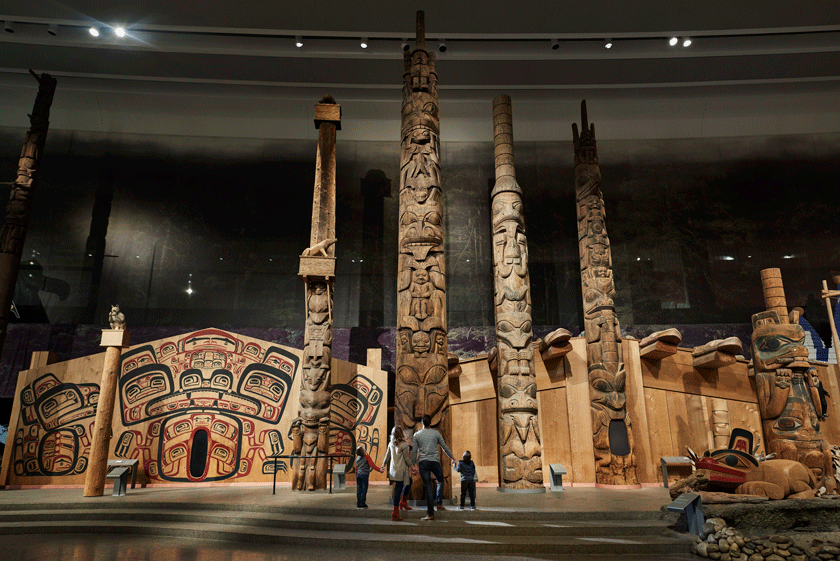
Dr. Allan J. Ryan is a retired professor in the School of Indigenous and Canadian Studies at Carleton University and the former New Sun Chair in Aboriginal Art and Culture. His research interests include cultural representation in museums. “Totem poles were meant to die back into the ground or into nature. Many Indigenous artists that I have been in contact with are puzzled by the Euro-American fascination with collecting items and keeping them in pristine condition in museums rather than letting them live their lifespan and die back into nature,” said Dr. Ryan in an interview with Arts Help.
Totem poles were not made to be preserved. Ryan references Gil Cardinal’s 2003 documentary Totem: The Return of the G'psgolox Pole which tells the story of the first Canadian totem pole repatriated from Europe. The G'psgolox Pole is a mortuary totem pole belonging to the Haisla people of Kitamaat village in British Columbia, taken in 1929 to be displayed in Sweden’s Museum of Ethnography. With no record of a sale, Louisa Smith, a descendent of Chief G'psgolox, claims that the pole was stolen without the family’s permission.
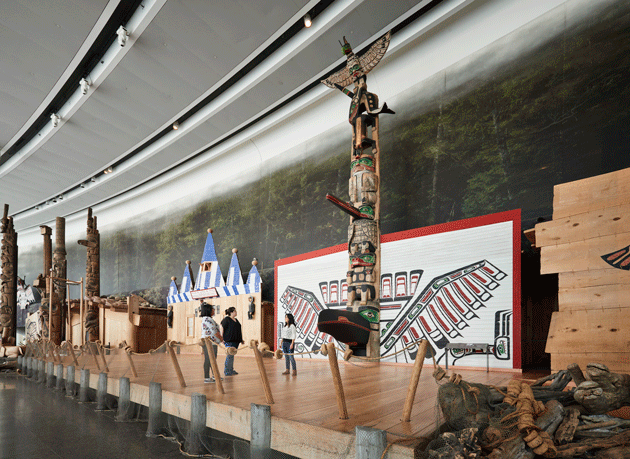
It took 15 years for the G'psgolox Pole to finally be repatriated in 2006. One of the challenges was that of museum protocol versus Indigenous tradition. In the documentary, the Swedish Museum claimed it would return the pole on the condition that it would be preserved in a climate-controlled space, instead of letting the pole return to nature.
Jaime Morse is a Métis artist, educator and Indigenous programs outreach at the National Gallery of Canada. She believes that there are unfair financial expectations placed on Indigenous communities for repatriation.
“The community's losing out because they won't repatriate unless there’s proper lighting, humidity and security. However, Indigenous people’s infrastructural funding is primarily concerned with getting access to clean water, educational activities, and mental health and addiction support,” she said in an interview with Arts Help.
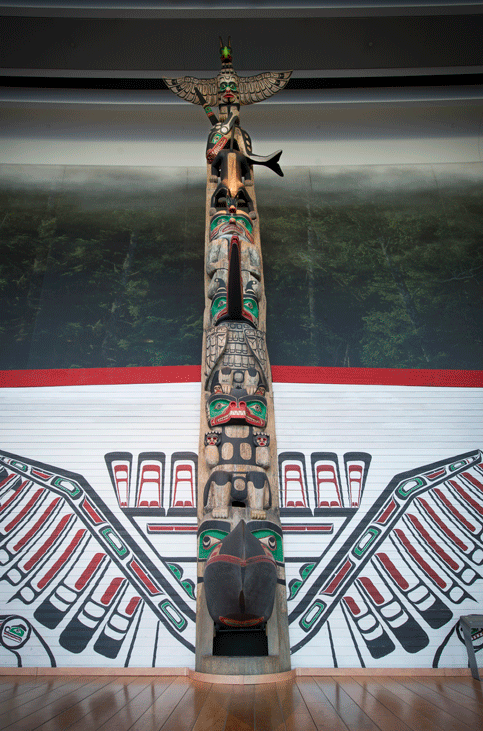
According to John Moses, the director of the repatriation and Indigenous Relations at the Canadian Museum of History, there is an expectation that when repatriable objects, specifically human remains and associated grave goods, are repatriated, “they're being repatriated back to Mother Earth. Depending upon the cultural and faith traditions of the Indigenous groups involved, they might be buried or cremated,” Moses said when interviewed.
There is also an understanding that if the repatriated cultural materials are sacred and ceremonial, they are “going back into the communities for traditional use and that periodic upkeep or repair is done using traditional materials and techniques, which are quite different from museums' standard conservation,” adds Moses.
When museums and archives work together with Indigenous communities, they are ensuring that the United Nations Sustainable Development Goal of Peace, Justice and Strong Institutions is met by building accountable and inclusive institutions. The Canadian Museum of History responds to requests for repatriation by First Nation communities through the Sacred Materials project, which provides First Nations “with an opportunity to review collections held by the Corporation, identify objects requiring special care and discuss repatriation as required.”
An open dialogue between Indigenous communities and museums regarding the preservation of their cultural objects is essential for making sure they are treated with respect and in accordance with Indigenous traditions.
Return to Mother Nature: The Repatriation of Cultural Objects
This concept of returning cultural objects to nature leads to a decolonial alternative term to repatriation that should be considered: rematriation. The term "rematriation," first introduced in 1988 in the Native feminist book ‘I Am Woman’ by Lee Maracle of the Stó:lō nation is an “Indigenous feminist concept with decolonial aims.” Decolonial aims attempt to heal Indigenous communities from centuries of targeted attacks that have left them dispossessed, subjugated, alienated and dislocated.
Indigenizing Museums by Centring Indigenous Narratives and Experiences
The term decolonization has become “a metaphor which re-centres whiteness and maintains settler futures,” argues Eve Tuck and Dr. Wayne Yang in their 2012 article “Decolonization is Not a Metaphor.” They suggest the use of the term Indigenization – an attempt to “build a world that centres Indigenous peoples (Tuck and Yang).” Rematriation is just one way to Indigenize museums that are colonial, mainstream institutions. According to Moses, there is a dearth of Indigenous museum professionals that are needed to Indigenize or centralize Indigenous narratives within museums. The roles needed are beyond just Indigenous curators and researchers, but also conservators, artifact preparers, and designers.
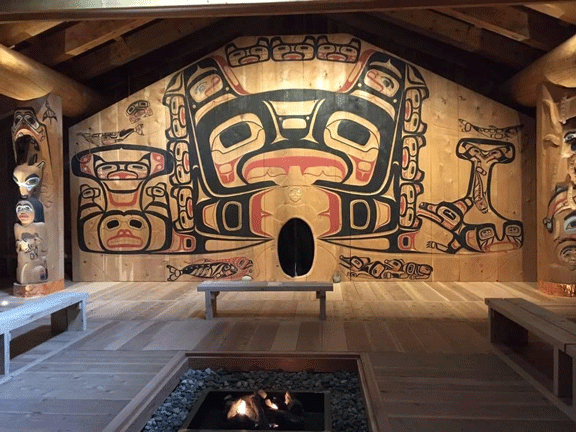
“We need to up our game in terms of recruiting, retaining, and nurturing Indigenous museum professionals. A lot of Indigenous graduates are being recruited directly back into academia upon graduation because universities have special Indigenous recruitment initiatives of their own,” he said.
Sonya Gray is Tlingit and has a curatorial degree from Carleton University, as well as a Masters in Anthropology. Gray is working to change anthropology’s connection to Indigenous peoples and is restructuring the role of the museum curator and guide. She worked as a park ranger at Glacier Bay National Park and Preserve in Alaska. Gray did cultural interpretation in the park’s tribal house, Xunaa Shuká Hít, the Huna Ancestors' House which was built in collaboration with the Hoonah Indian Association, a federally recognized tribal government, in 2016.
Gray did not want to feel like an “object in a museum” by performing the song and dance of a traditional Tlingit for visitors. “It was decided that the tribal house itself would not be a museum and we would not put objects in glass cases. The house was going to be lived in and used for our traditional ceremonies or for instruction in basket weaving and carving,” Gray said in an interview with Arts Help.
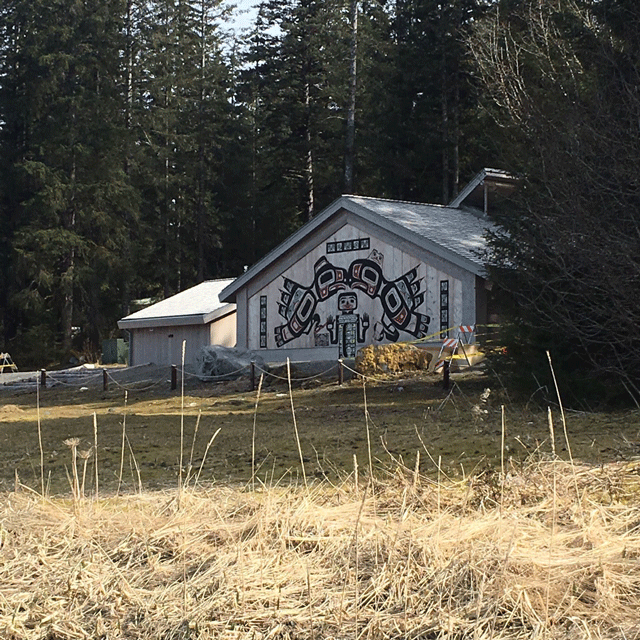
“That's just going to make me an object of curiosity. What had to happen was a transformative moment, to pull that person into our culture, not so they can understand us, but so that they can be us so that they can be part of this becoming,” she said.
